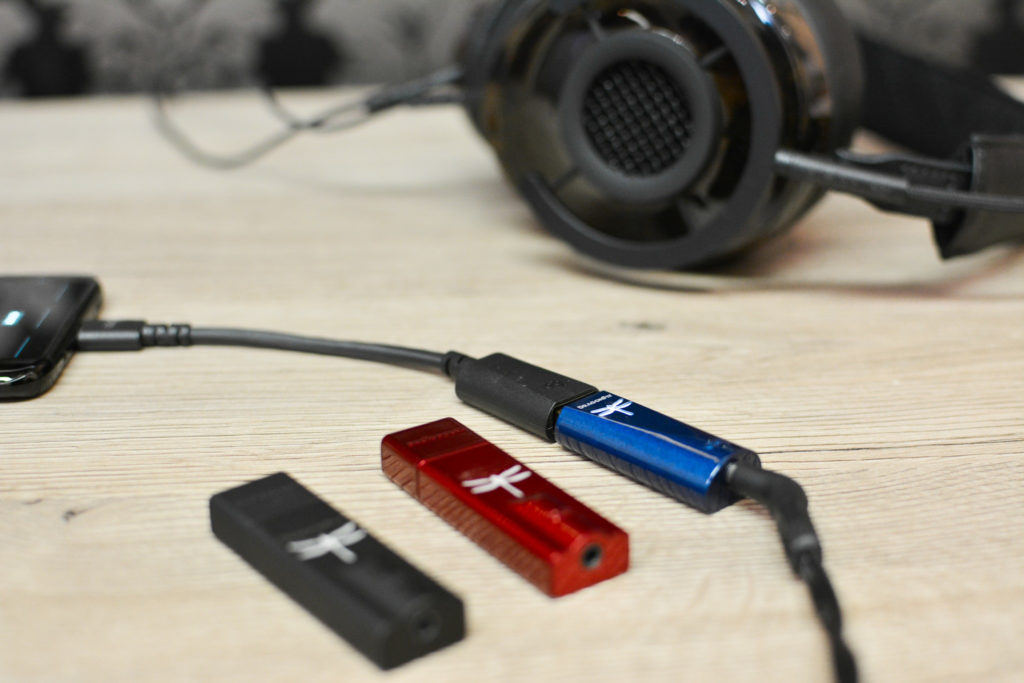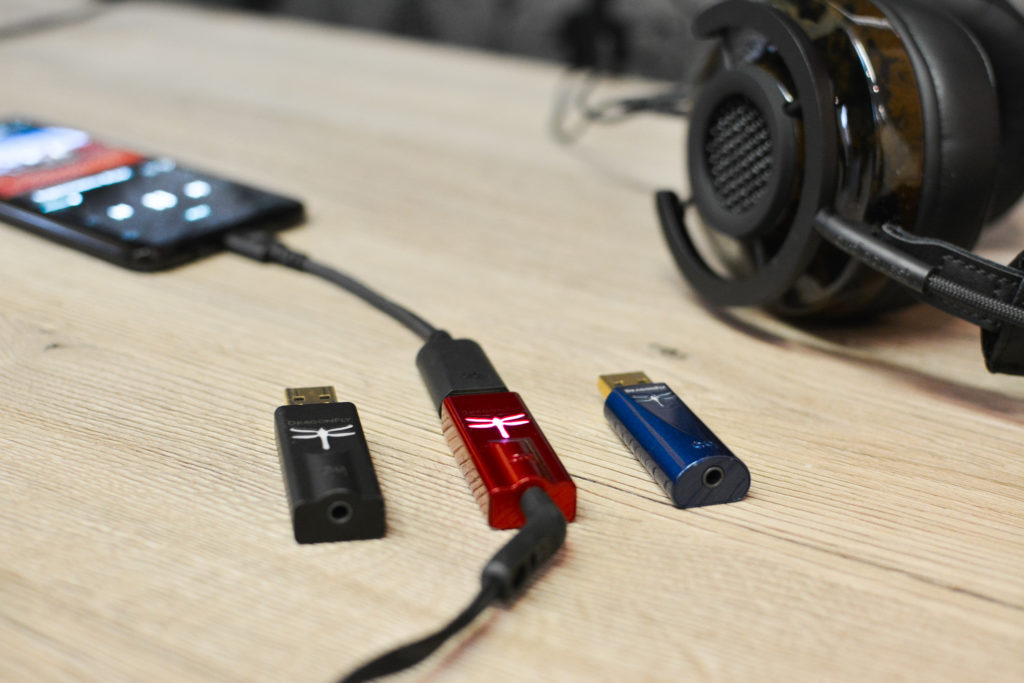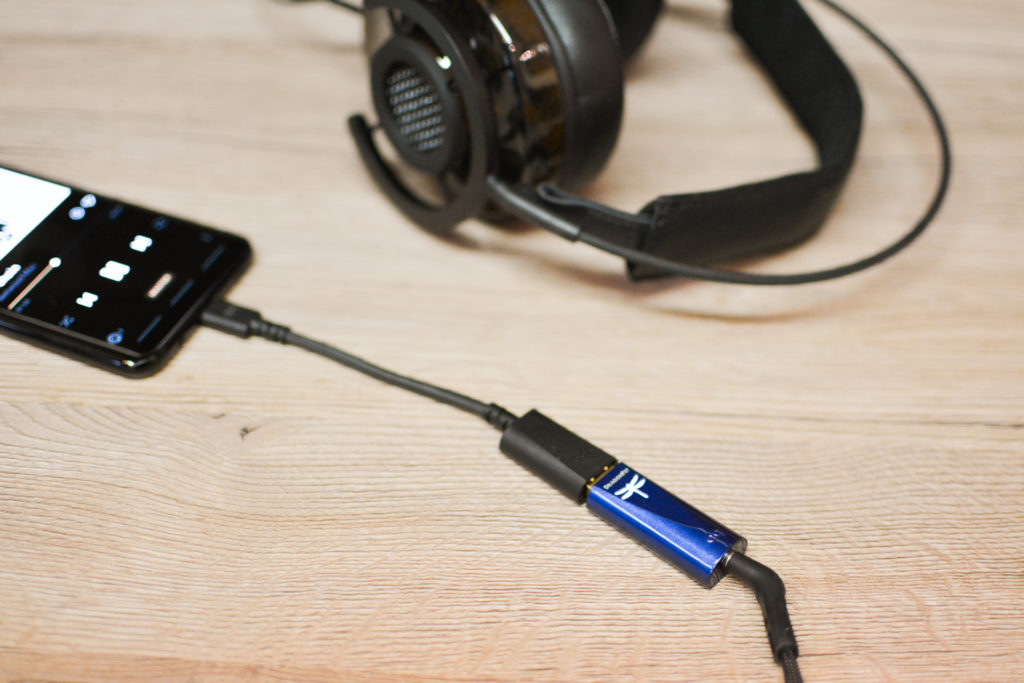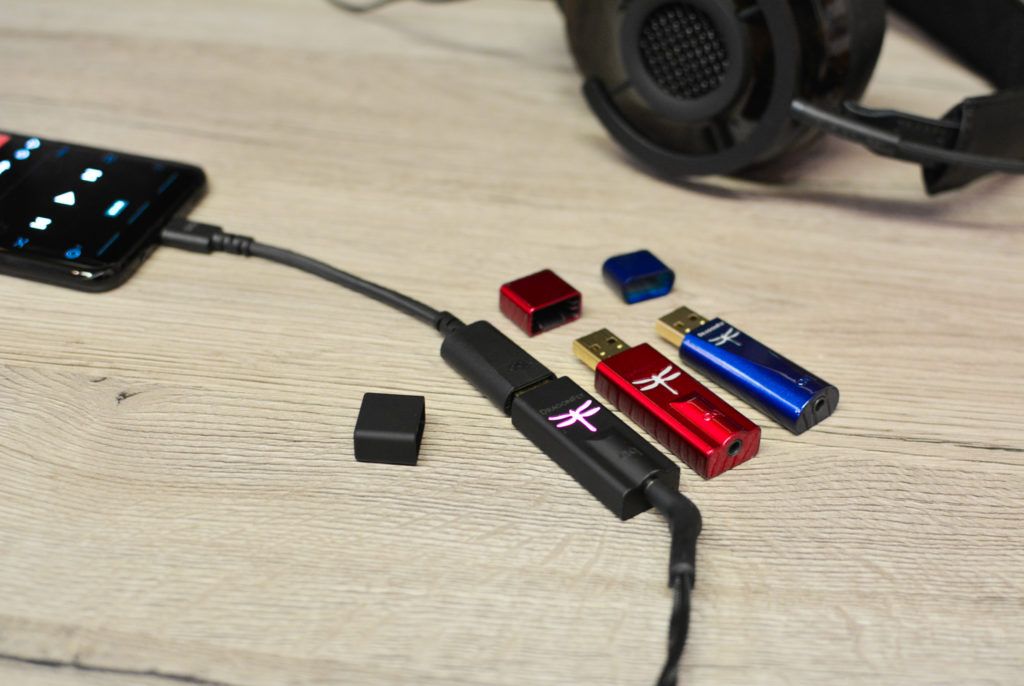AudioQuest introduced their first portable headphone DAC and amplifier seven years ago in 2012. The Dragonfly Black allowed music lovers to bring their music anywhere, with a high-resolution DAC and powerful headphone amp. Shortly after, the Black was joined by the Dragonfly Red. Boasting a higher output for more demanding headphones, as well as a more sophisticated and capable DAC chip.
As of July 2019, the Dragonfly line-up has expanded. Introducing the Dragonfly Cobalt, AudioQuest's newest and arguably best portable DAC and headphone amp to date.

The Cobalt promises superior performance thanks to a wide range of improvements. Such as a new ESS ES9038Q2M DAC chip, delivering a more expressive, detailed sound. As well as a PIC32MX274 microcontroller, which draws less current than the Dragonfly Red, while increasing the processing speed by a third. The new Dragonfly also features improved power supply filtering, reminiscent of AudioQuest's dedicated JitterBug USB Noise Filter, which reduces unwanted noise inherent in Wifi, Bluetooth and Cellular devices.

The new Dragonfly is capable of powering even the most demanding of headphones, thanks to its 2.1-volt output. It is also capable of MQA rendering, which worked perfectly with Tidal Masters on my phone. The DAC is capable of handling high-res audio up to 24 bit 96kHz, and while the ESS DAC chip is capable of a much higher sample rate (As high as 384kHz), the Cobalts sample rate is limited to 96kHz due to the Microchips USB receiver. Allowing for a wide range of compatibility, without the need to install any driver software to your device, whether you are using Windows, Mac OSX, iOS, Android or Linux. AudioQuest would have to sacrifice compatibility and ease of use to increase the Cobalts maximum sample rate and realistically, how much music do you listen to with a sample rate higher than 96kHz?
I listened to all three Dragonfly's, the Black, Red and Cobalt, using a variety of headphones. Pictured, are the AudioQuest Nighthawk headphones. I also listened to the Bowers & Wilkins P9 Signatures and the Quad ERA-1's.

The Cobalt is 10% smaller than its predecessor and perfectly matches the included Dragontail USB C adapter. Making an already small DAC, even more portable.
Is it worth the upgrade?
If you just read the Cobalt's specs you may think it's just a Dragonfly Red with a newer DAC chip, however, the whole product has been completely redesigned and is a real improvement on its predecessors. Improving in overall volume output, clarity and detail. The Cobalt can be considered a grown-up, more refined Dragonfly Red.

One of the highest compliments we can give the Cobalt is that it can stand up to the more costly and incredibly well-reviewed Chord Electronics Mojo, and while the Mojo excels thanks to its high sample rate compatibility and fantastic detail, the Cobalt can sound more musical and easy to listen to in some cases. When it comes to portability, the Cobalt is much smaller than Chords portable DAC and also doesn't require charging, unlike the Mojo. This may be an unfair comparison, as both DAC's are priced differently and are aimed at different audiences, but it is interesting nevertheless.
The Cobalt is an upgrade well worth considering whether you are already a Dragonfly owner or not. I would definitely suggest heading to your nearest Hifi shop and trying one out. You won't be disappointed.
Products Mentioned
AudioQuest Dragonfly Cobalt - USB DAC & Headphone Amp
AudioQuest Dragonfly Red - USB DAC & Headphone Amp
AudioQuest Dragonfly Black - USB DAC & Headphone Amp
Chord Electronics Mojo - USB DAC & Headphone Amp
AudioQuest Nighthawk - Headphones
